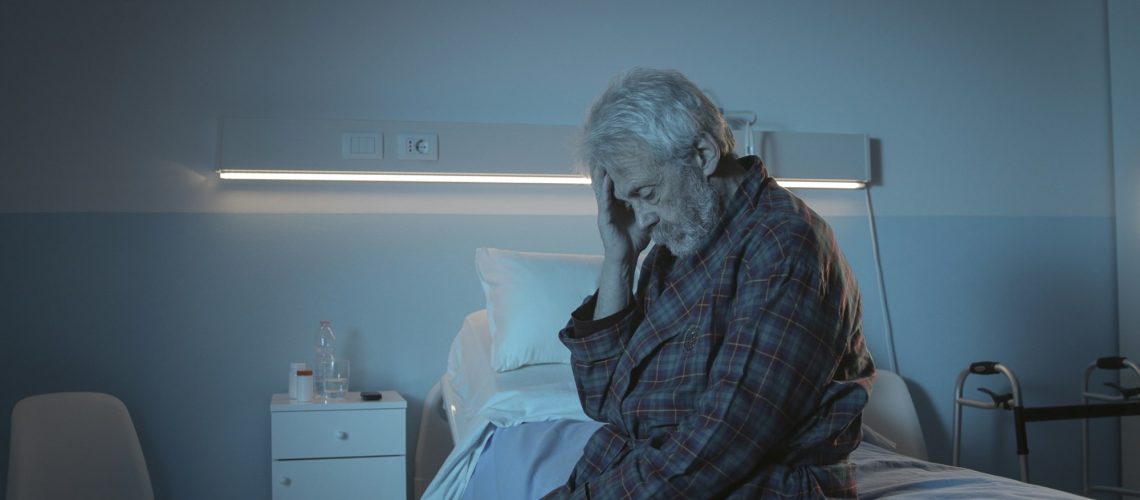Few topics crop up in our articles more often than the Two-Midnight Rule. While it is frequently discussed and debated, I would posit that few regulations are easier to explain.
For both patients with traditional Medicare and those who elected to be in a Medicare Advantage (MA) plan, if two things are true, the patient should be admitted as an inpatient.
First, the patient must need hospital care. In other words, if the patient could be at home, or in a skilled nursing facility (SNF), or some other setting without it increasing their health risk, they should not be admitted to the hospital as an inpatient. Please note that I did not say that they necessarily require “inpatient” care. As Ron Hirsch, M.D. has explained so well for many years, there’s no such thing as “inpatient care.”
There is hospital care and non-hospital care. “Inpatient” and “outpatient” describe a person’s status, not their medical needs. If the patient doesn’t need to be in the hospital, no insurance company should be billing for the services they are receiving. But if the patient needs to be in the hospital, this test is satisfied.
The second factor is that when making this decision, the physician must expect the patient to need hospital care for at least two midnights. The biggest challenge here is determining what an “expectation” is. How much certainty should the physician have? Is it “more probable than not,” such that the doctor thinks there’s a 51-percent chance the patient will be in for two midnights, meaning they have an “expectation?”
The regulation offers no insight, nor does the Manual. The Oxford English Dictionary describes an expectation as something that is “regard(ed) as likely to happen,” while Merriam says that an expectation is “to think that something will probably will be, or happen.” That doesn’t really offer much help.
As a weather nut, I know that the National Weather Service defines “likely” as a 60- or 70-percent chance. But the Weather Service has no authority over Medicare. So, how likely must it be? I’d argue that’s the biggest uncertainty in the Two-Midnight Rule. And I would say 51 percent seems defensible to me.
If the patient needs hospital care, and is expected to for two midnights, they should be admitted. The act of admission requires two things. There must be an order, though the order need not be in writing.
Writing is wise, but an oral order is technically sufficient. Second, that order must come from a person with admitting privileges. But neither of those factors determine who gets admitted; they address the question of whether the admission meets Medicare requirements.
There’s one final point I want to emphasize. I’ve seen some situations where consultants or even Medicare Administrative Contractors (MACs) have suggested that some three-day stays may still be outpatient. For Medicare or MA, that is categorically false. After the patient has crossed that second midnight, the only time that a patient would not be an inpatient was if they don’t need to be in the hospital at all. In that case, they are not qualified to be a hospital outpatient, either. They should be someplace else.
Let me say that more definitively: there should never, ever, ever, ever be a Medicare or MA patient in the hospital for more than two midnights without them being admitted as an inpatient, unless their stay is considered medically unnecessary.
——————————————————
Originally Published On: RAC Monitor
Photo courtesy of: RAC Monitor
Follow Medical Coding Pro on Twitter: www.Twitter.com/CodingPro1
Like Us On Facebook: www.Facebook.com/MedicalCodingPro







